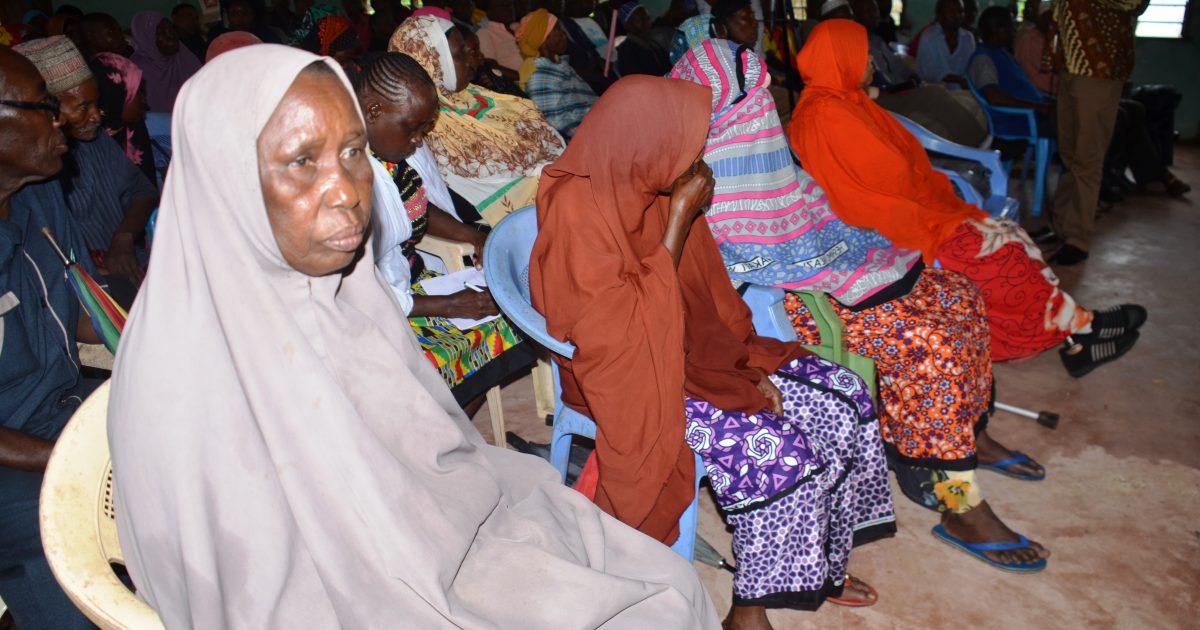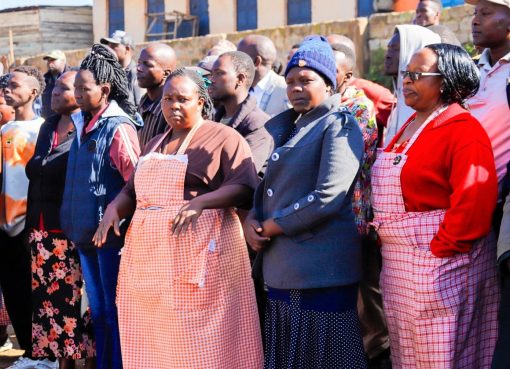Kwale based Australian mining firm Base Titanium has kicked off in earnest systematic post-mining closure phases and land reclamation plans ahead of cessation of mining operations in December 2024 after resource exhaustion.
Mine closure planning has intensified as the mineral production company nears the end of its life as mineral ore reserves are now fully exhausted.
The Kwale Mine Operation features a high grade ore body with a high value mineral assemblage, rich in rutile, ilmenite and zircon which are all considered critical minerals.
Base Titanium took over the Kwale sand operations from Canada’s Tiomin Resources and started its mining operations in 2013 and shipment of ilmenite, rutile and zircon started in 2014.
The Kwale Mine is accredited as a Kenya Vision 2030 flagship mining project and represents a significant impact on the local and national economy.
Mine closure is a process undertaken when the operational stage of a mine has ended and final decommissioning and mine rehabilitation is being carried out.
And the government has announced the commencement of public participation activities by the Post-Mine Land Use (PMLU) committee over the utilization of over 6,000 acres of land and other multi-billion shillings’ assets owned by the mining firm that is set to stop its operations in December this year.
In readiness for the start of the public engagement drives in early July, the committee, chaired by Mining Principal Secretary (PS) Elijah Mwangi, has completed stakeholders’ mapping while developing a comprehensive work plan that will guide the processes of collecting and collating views from public, special interest groups, professional associations and other stakeholders.
Speaking at Mafisini village in Msambweni Sub County during the inaugural committee’s introductory meeting with residents of the region, the PS stated that the local residents who were affected by the mining project would be at the heart of the public participation drives.
The PS says mining activities, including prospecting, exploration, construction, operation, maintenance, decommissioning and repurposing of a mine can impact social and environmental systems in a range of positive and negative ways and called on mining companies to integrate environmental and social impact assessments into mining projects.
He further explained that upon cessation of operations by Base Titanium in the region, the Mining Act 2016 dictated that all assets whether movable or immovable, would revert back to the national and county governments. As a result, the need for the public’s input on how the assets should be utilized for the benefit of the community was critical.
“The people’s views on what should be done with the assets left by the company for the general benefit of the community are very important. We will come and seek your views on what should be done with these assets,” said the PS.
According to Base Titanium’s projections, the company will stop mining operations in December 2024. However, the rehabilitative works to restore the integrity of the mined land will continue as well as clearing the last of the mineral piles left in the company’s stores. In June 2025, the Special Mining License that was issued to the company is set to expire effectively marking the end of the giant mining firm in the region.
With the expiry of the license, the company will hand over to the government critical assets including vast tracts of land, complex water distribution network, roads, agricultural farms, multiple gigantic water pans, power generation and distribution systems, garages, workshops and mineral processing plants. However, the company has warned that the cycle of rehabilitation process for some degraded areas will not have been completed by time of the exit.
Mr. Simon Wall, the Company’s External Affairs General Manager, says that the process of land healing will take several years before the natural integrity is fully restored and National Environment Management Authority (NEMA) grants its approval that the land is suitable for use.
Wall says the mining firm is closing down its operations due to resource exhaustion and that it’s slowly transitioning into a progressive rehabilitation and mine closure plan.
“The entire process will take many years. The land needs time to recover and heal and this is something the government needs to look into for not all zones will have been rehabilitated to completion by time our license expires,” he said.
The PMLU committee is a multi-agency team comprising of various stakeholders drawn from county government, National Environment Management Authority (NEMA), Kenya Forest Service (KFS), Members of Kwale County Assembly, representatives from offices of MPs and Senator, Treasury, Labor, Mining, Lands, office of the Attorney General and National Government Administrative Office amongst others.
The views and recommendations collected by the committee will be used to generate a report that will be validated by stakeholders before being handed over to the Cabinet Secretary for Mining, Blue Economy and Maritime Affairs by November this year.
The PS disclosed that the Kwale PMLU is the first ever such committee formed in Kenya under the 2010 Constitution. He added that the public participation activities, the stakeholders’ engagement processes and the recommendations of the final report would be used as the foundational blueprint for other such committees in future.
“The work of the committee needs to be all inclusive and perfect because this will be a reference point for other such committees,” he said.
Kwale leaders asked the government to ensure the exercise was transparent and inclusive as part of ensuring full stakeholders’ representation.
Msambweni MP Feisal Abdallah said the committee presented an opportunity to make broad-based recommendations that would see the region continue reaping benefits from the assets left by the company through involvement of the local residents.
“The committee must strive to put people at the heart of this process. This is the essence of public participation,” he said.
His sentiments were echoed by Kwale Senator Issa Juma who said that the final report would be judged by how well it captured the stakeholders’ input.
While acknowledging the massive interest the assets of Base Titanium has generated, the senator said the region had full confidence with the committee to deliver a verdict that had the best interest of the community.
“There is a lot of interest in this process and we want the committee to get as many views as possible to make sure everyone’s voice is heard,” he said.
A report by Base Titanium has cited three key proposals on post-mine land use including utilization of part of the land for conservation activities while another section is devoted to agri-business. The workshops, garages and other facilities and the equipment therein could be used for training purposes by local technical, educational and vocational training institutions.
By Hussein Abdullahi




